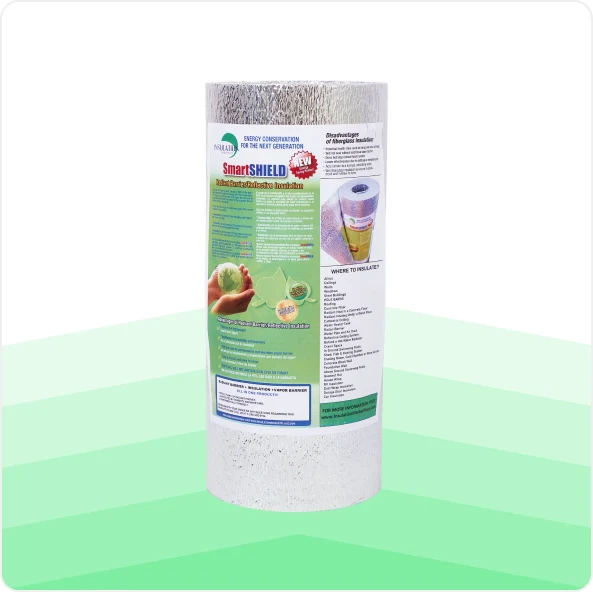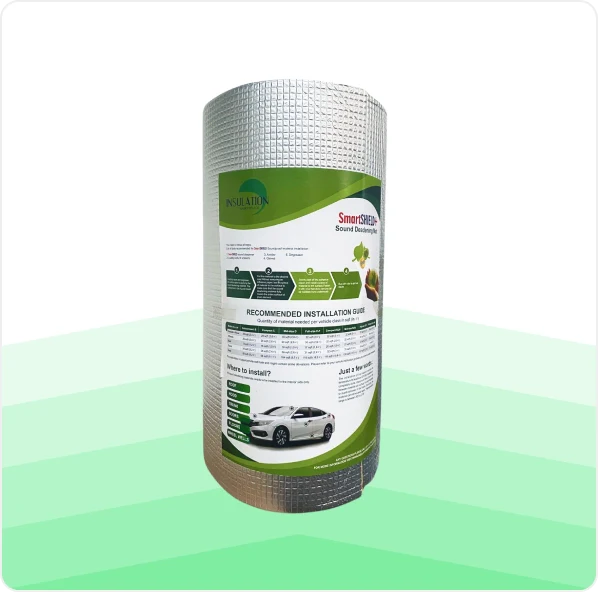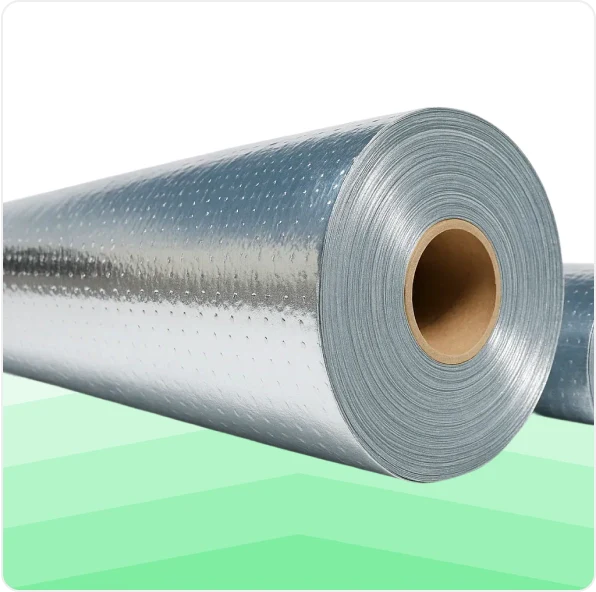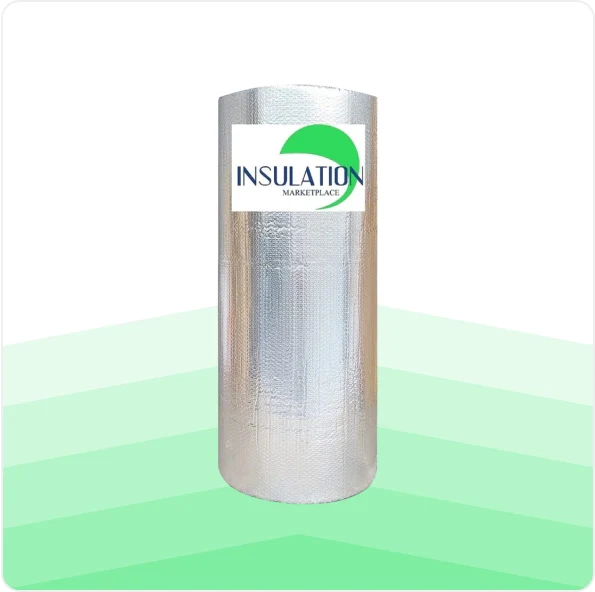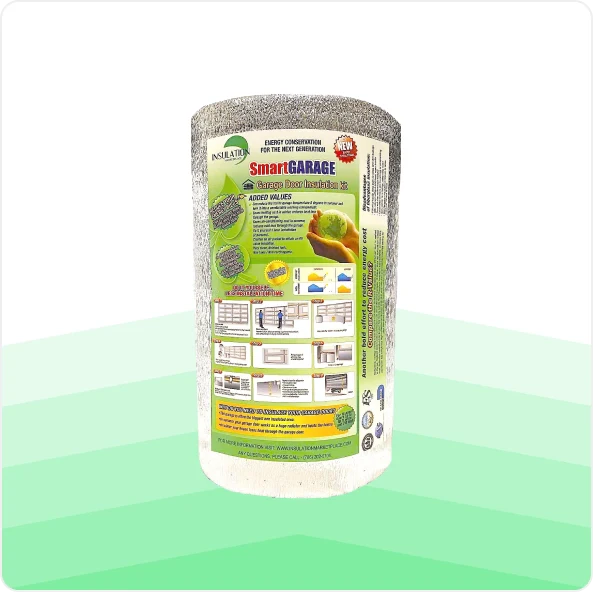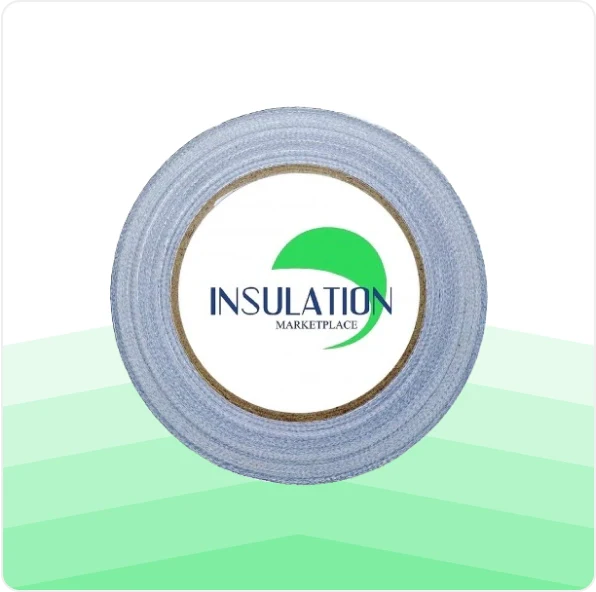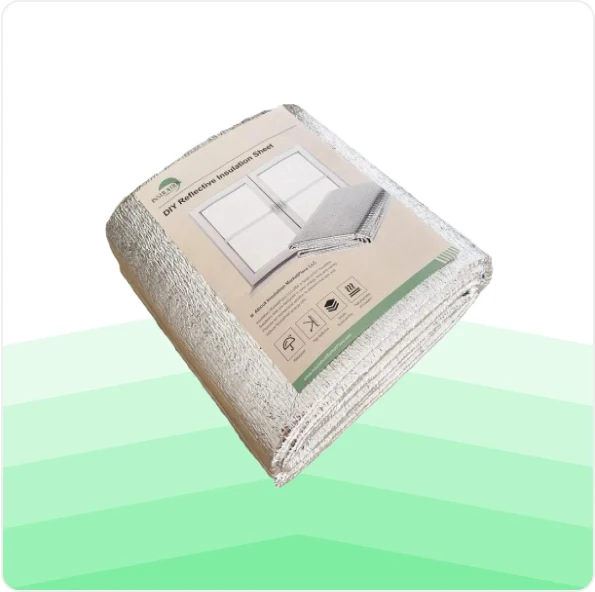Are your energy costs rising per month? Does your HVAC system seem to be malfunctioning even if it seems to be running constantly?
Uneven interior temperatures are a frustration to many homeowners. Poorly insulated duct systems may cause either excessive heat loss or gain, overriding the efficiency of your HVAC system and affecting your comfort, and increasing energy expenses.
In this article, we’ll explore what type of insulation to use inside air ducts and their effectiveness. We will cover energy savings, air quality, comfort, and all you need to know to insulate sensibly and remain comfortable throughout the year. Now let's explore the best options that would create a healthier indoor environment, better ventilation, allow savings in utility bills, and enhance energy performance.
Should Interior Ductwork Be Insulated?
You're also probably losing money if your ducting passes through unconditioned spaces like attics, garages, or basements. When your system pumps warm or cold air via uninsulated ducts, heat escapes into the surrounding area. This causes more HVAC cycles, greater utility costs, and wasted energy.
Proper ductwork insulation may minimize thermal loss by up to 30%. As a result, it will ensure HVAC performance and actual cost reductions in the long term.
Additional benefits include:
- Minimizing condensation that could lead to mold and mildew
- Reducing mechanical wear and tear on ducts
- Improving noise control for quieter airflow
- Excluding allergens, bacteria, and dirt for improved indoor air quality
- Minimizing combustion gas hazards
- Ensuring consistent and comfortable interior temperatures year-round
Insulating internal ductwork is a simple and significant solution for reducing energy use and breathing better air.
What Type of Insulation Is Used in Ductwork?
Common Materials for Air Duct Insulation
There’s no one-size-fits-all answer when it comes to insulating ducts, but the material you choose makes a big difference. Below are four common insulation types used inside duct systems, each with its own benefits:
1. Foam insulation
Flexible polyethylene foam insulation like SmartSHIELD is highly efficient, therefore stronger and lighter. Its foam core is covered with 99 percent reflective aluminum foil, thus reflecting the radiant heat supplemented by thermal insulation.

2. Reflective foil layers
Reflective radiant barrier foil, such as SmartFOIL, performs most effectively in areas subject to abundant sunshine or other intense radiant heat. Although it doesn’t have a high R-value as foam, it reflects up to 97% of radiant radiation, which minimizes heat absorption or loss through the duct surfaces.

3. Bubble wrap with foil hybrids
SmartBUBBLE combines reflective foil and polyethylene air bubbles, creating an air gap that disrupts heat transfer. It’s flexible and great for tight bends, curves, or irregular-shaped ducts.

4. Fiberglass
Traditional fiberglass is still used in commercial HVAC systems. Despite having a greater R-value, it is not mold-resistant, difficult to install, and not recommended for indoor household usage.
Consider the following when choosing what type of insulation to use inside air ducts:
| Material | R-Value | Moisture Resistance | Best Use Case | Mold Resistant | Weight |
|---|---|---|---|---|---|
| Foam | R-4 to R-8 | Excellent | Residential interiors | ✅ | Light |
| Foil | Reflective | Excellent | Radiant heat zones (attics) | ✅ | Ultra-light |
| Bubble wrap with foil hybrids | R-3.7 to R-5 | High | Curved/flexible ductwork | ✅ | Very Light |
| Fiberglass | R-6 to R-8 | Poor unless sealed | Commercial metal ducts | ❌ | Moderate |
For most residential interior ductwork, reflective foam or bubble-foil hybrids offer easier installation, mold resistance, and reliable year-round performance with less mess.
What Is the Best Insulation for Air Ducts?
SmartSHIELD (reflective foam) and SmartFOIL (radiant barrier) will certainly satisfy your needs regarding safety, performance, and application in domestic ducting. These products were developed specially to suit modern HVAC systems, which necessitate high-performance, durable, and lightweight internal duct insulation.
Why SmartSHIELD or SmartFOIL?
- Reflects up to 97% of radiant heat
- Moisture-resistant and mold-safe
- Lightweight and easy to cut and fit
- Safe for enclosed, conditioned spaces
- Reduces noise, condensation, and air leaks
Looking for premium-quality insulation? Explore SmartSHIELD and SmartFOIL at Insulation MarketPlace.
How to Insulate Inside of Ductwork?
Installing insulation in ducts is not as hard as it may sound if you follow the procedure below.

Tools and Prep Checklist:
- Utility knife or insulation shears
- Measuring tap
- UL181-rated aluminum foil tap
- HVAC-safe adhesive spray or mechanical fastener
- Gloves and safety glasses
- SmartSHIELD or SmartFOIL insulation roll
- Flashlight or inspection camera for tight areas
Step-by-Step Instructions:
- Step 1: Clean up ducts and eliminate dust, dirt, and mold to maximize adhesion of insulation.
- Step 2: Use a tape measure, determine the duct length, and cut SmartSHIELD or SmartFOIL insulation accordingly.
- Step 3: Add the insulation to the duct, securing with fasteners or spray adhesive.
- Step 4: Seal all joints, air gaps with UL foil sealing tape to prevent air leaks.
- Step 5: Operate your HVAC system to verify the airflow and make any adjustments.
Pro Tip: Combine with external insulating covers to maximize efficiency and soundproofing.
When NOT to Insulate Inside Ducts
While interior duct insulation is effective, it’s not always suitable. Here are situations where you should avoid it:
- Ducts are already lined or insulated externally.
- Ducts show signs of leaks or condensation → repair these first.
- Insulation can reduce airflow when in small ductwork.
Always consult a licensed HVAC contractor or technician since local building laws restrict material kinds inside air ducts.
Key Takeaways
Understanding what type of insulation to use inside air ducts will make a significant improvement in terms of efficiency, comfort, and indoor air quality. Whether you want to minimize the heating costs or prevent air leaks, proper insulation must be your primary concern.
Looking for the best interior duct insulation? SmartSHIELD and SmartFOIL from Insulation MarketPlace stand out as top-tier solutions. Visit our product collection today!

